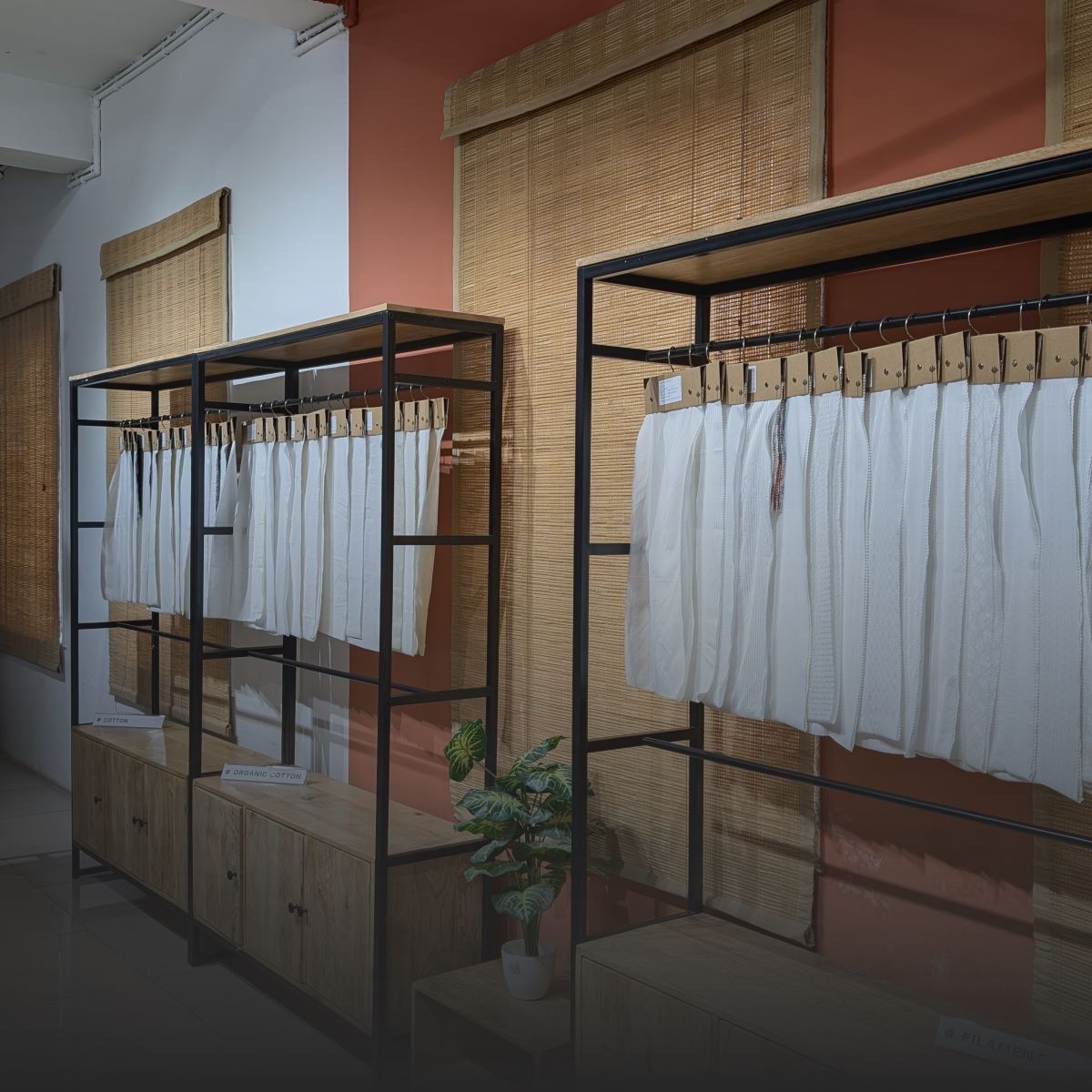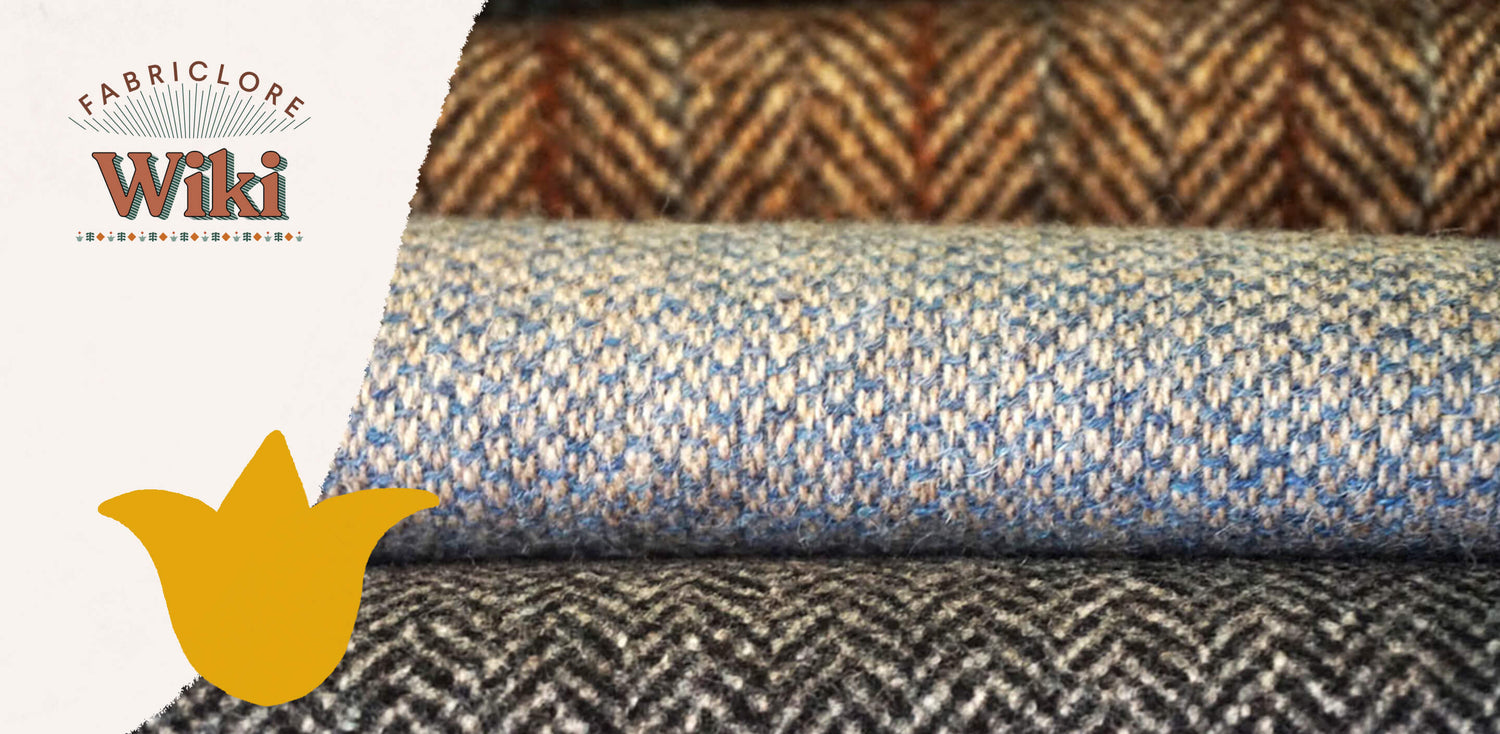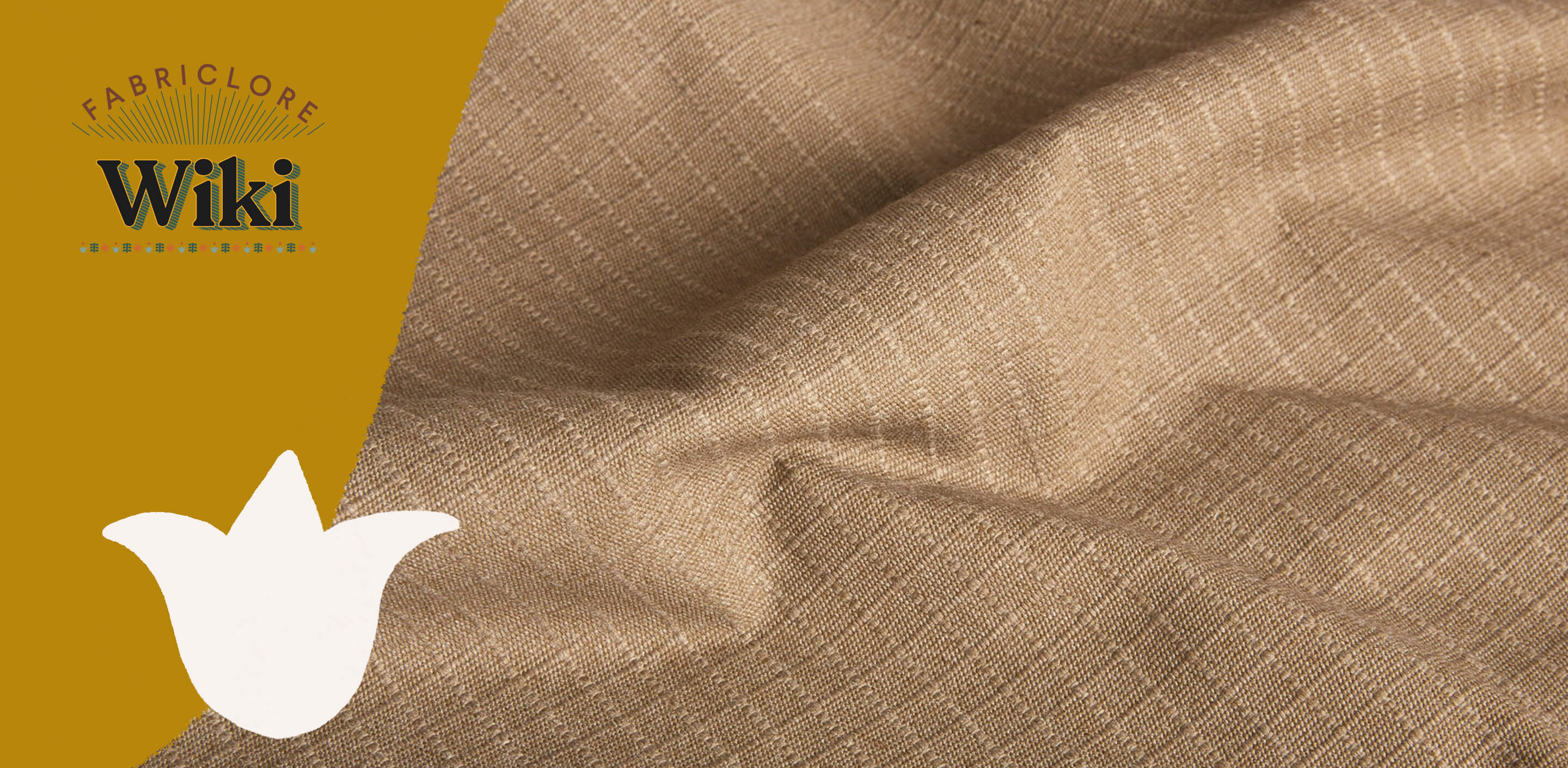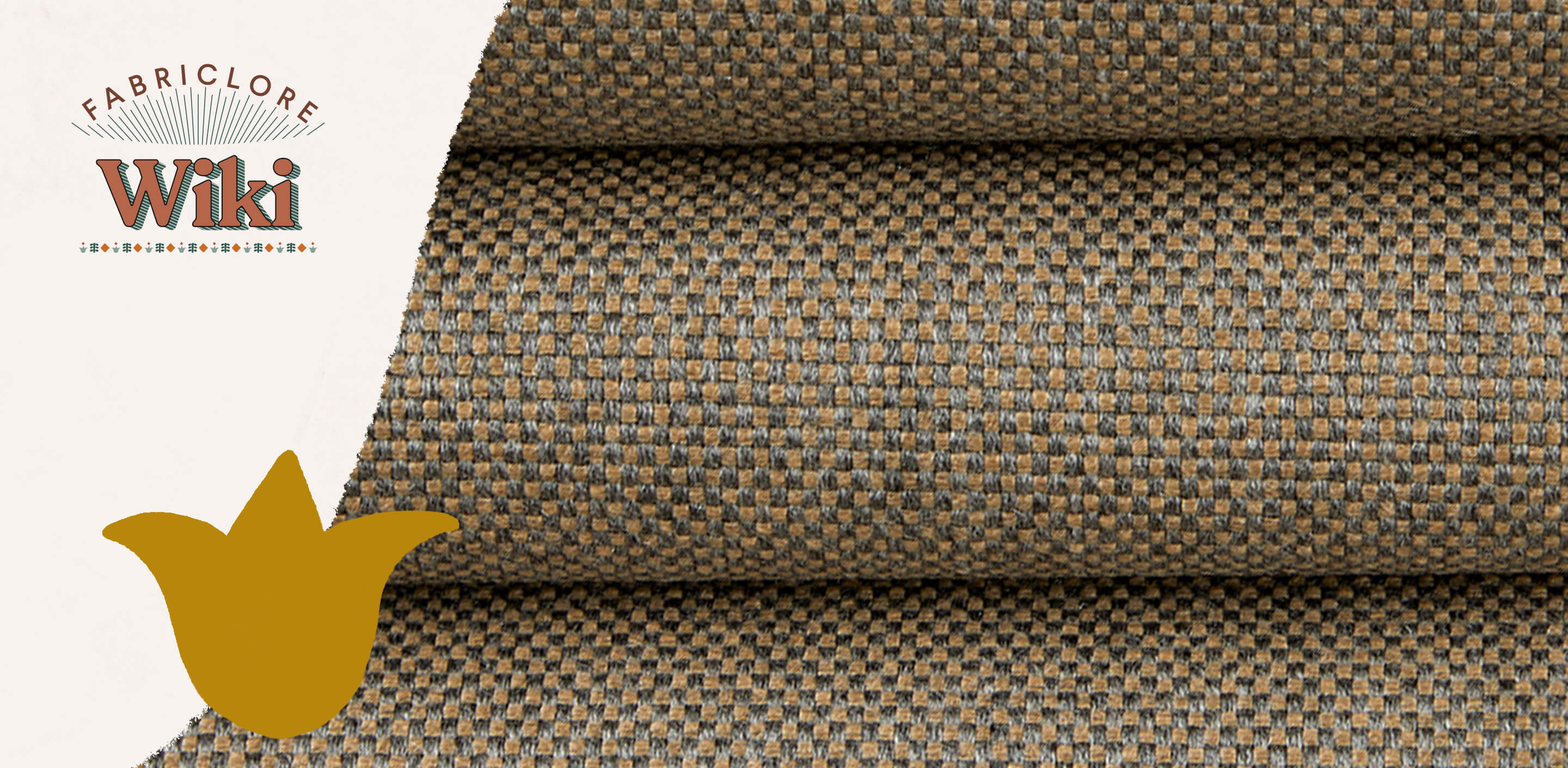Saxony fabric is a standard in high-end fabrics. It is known for being soft, elegant, and well-made. Suppose you're a fashion designer, textile manufacturer, fabric buyer, or part of a high-end clothing brand. In that case, learning about the unique properties of Saxony wool fabric can help your business and creativity. This guide looks into the fabric's history, how it's made, its main features, where it's used in the industry, and tips on purchasing the best Saxony fabric for retail and wholesale.
What Makes Saxony Fabric Special?
Saxony fabric is a fine knitted fabric that is known for being warm, smooth, and luxurious to the touch. This fabric comes from the Saxony region of Germany and is mainly made from Merino wool, which is known for having wonderful fibers. People love Saxony wool because it is soft, moisture-regulating, and drapes elegantly. It is used for premium fashion garments, winterwear, luxury upholstery, and bespoke tailoring.
Saxony wool fabric is still the most popular choice for autumn/winter collections and premium home decor around the world. It's used to make everything from high-end suits and pants to stylish scarves and coats.
What Is Saxony Fabric?

Saxony fabric is a high-quality, carded woollen fabric that was first made in the eastern German area of Saxony. Fine Merino wool is used to make it, which is processed to create a soft, dense cloth. The unique fulling (felting) treatment that is done after weaving is what makes it stand out. This gives the fabric its signature velvety surface and fuzzy texture.
Saxony cloth quickly became a symbol of refinement and prestige in European fashion. It was first used for luxury garments in the 18th and 19th centuries. These days, it's made in Germany, Japan, Italy, and India, and the apparel and home furnishing industries want it a lot.
Key Characteristics Of Saxony Wool Fabric

A luxury item is called Saxony wool fabric, which is known for being very soft, having a structured flow, and being warm. It has a silky feel and is suitable for your skin because it is made of fine Merino wool fibers. A special process called fulling gives the fabric a soft finish that makes it feel better and keeps you warmer. This makes it an excellent choice for high-end winter fashion.
Even though the surface of Saxony cloth is soft, it has a medium weight that balances shape and flow. Because it doesn't wrinkle and removes moisture, it's perfect for formal wear, tailored outfits, and everyday items that need to look good and last a long time. Its classic style is ideal for designers and people who want to look stylish and stay warm in colder climates.
Top Features at a Glance
- Ultra-soft Merino wool feel
- Fuzzy, brushed surface finish
- Medium weight with drape
- Naturally warm and breathable
- Resists wrinkles and creasing
- Formal, elegant visual appeal
How Saxony Fabric Is Made
Saxony fabric is made using a careful, time-honoured method that brings out the natural softness and strength of Merino wool. The production comes from Saxony in Germany and blends centuries-old skills in processing wool with new textile technology. Here are the steps that are used to make this beautiful wool fabric.
Production Process of Saxony Fabric
|
Step |
Description |
Keywords |
|
1. Wool Sourcing |
High-grade Merino wool is sourced, known for its ultrafine and soft fibers. |
Merino wool sourcing, fine wool fiber |
|
2. Wool Sorting & Cleaning |
Raw fleece is sorted by quality and cleaned (scoured) to remove lanolin, dirt, and impurities. |
wool scouring, wool fiber cleaning |
|
3. Carding |
The cleaned wool is carded to align fibers and create soft, airy slivers ideal for spinning. |
carded wool, wool fiber preparation |
|
4. Spinning |
Wool slivers are spun into fine, soft yarns with a smooth finish, enhancing the fabric’s quality. |
wool spinning, Merino yarn production |
|
5. Weaving |
Yarns are woven using plain or twill weave structures, offering strength and an elegant drape. |
wool twill weave, plain weave wool fabric |
|
6. Fulling (Felting) |
The woven fabric undergoes fulling, a controlled shrinking and matting process to increase density. |
wool fulling process, felted wool finish |
|
7. Napping & Finishing |
The surface is brushed or napped to create a soft, fuzzy texture, enhancing warmth and softness. |
wool fabric finishing, Saxony napping |
|
8. Final Inspection |
Each fabric batch is inspected for uniformity, texture, and defects before packaging. |
quality check, premium wool inspection |
Why The Process Matters
Every step of making Saxony fabric, especially fulling and finishing, is meant to create a fabric that is luxury, performance, and longevity. The dense weave and napped surface make a fabric that is soft but strong, breathable but warm, and great for luxury tailoring, winter fashion, and home decor.
Types And Variations Of Saxony Fabric

Saxony fabric comes in different types so that it can be used for different things:
- 100% Pure Saxony Wool: Traditional, very expensive, and used in high-end sewing.
- Saxony Wool Blends: Mixed with polyester, nylon, or cashmere to make it last longer, stretch better, or feel softer.
- Patterned Saxony: It has soft shapes like herringbone, windowpane, tweed, and melange effects.
- Eco-Saxony: Choose eco-friendly choices made from recycled or certified organic Merino wool.
Applications and Uses
Saxony fabric, which is made from fine Merino wool, is highly valued for its soft feel, ability to breathe, and warmth. Because it is so flexible, it can be used in high-end fashion, interior décor, and even technical applications. The table below shows some of its most common uses in different fields, showing how it can be used to support both usefulness and style.
Applications and Uses of Saxony Fabric
|
Category |
Application |
Description |
Keywords |
|
Fashion & Apparel |
Suits, Blazers, Jackets, Trousers, Skirts. |
Ideal for winter clothing due to its soft drape and thermal insulation. |
Saxony wool suits, winter coats, luxury tailoring. |
|
Scarves, Shawls |
Comfortable and warm, perfect for premium winter accessories. |
woolen scarves, winter wool accessories. |
|
|
Home Decor |
Throws, Blankets |
Soft and warm, adds luxury to living spaces. |
wool throws, home wool textiles. |
|
Cushion Covers, Upholstery |
Offers rich texture and premium appeal for home accents. |
Saxony upholstery, wool cushion covers. |
|
|
Drapes, Curtains |
Helps insulate rooms while maintaining a structured fall. |
wool curtains, luxury window fabrics. |
|
|
Technical Use |
Insulated Clothing, Protective Gear |
Used in cold-climate wear for warmth without bulk. |
Wool insulation fabric, industrial wool fabric. |
|
Corporate Uniforms |
Durable, breathable, and elegant for long working hours. |
wool corporate uniforms. |
|
|
Custom & Designer |
Bespoke Tailoring, Seasonal Collections |
Chosen by designers for custom suits and limited edition collections. |
bespoke wool, custom Saxony fabric. |
|
Historical/Costume Design |
Matches traditional aesthetics, often used in costume productions. |
Saxony costume fabric, vintage wool tailoring. |
Advantages Of Saxony Fabric
Saxony wool is a better choice than regular wool materials because it combines style, comfort, and performance better. It is both fashionable and valuable because it has a smooth texture and excellent drape and comes from sustainable sources. It is perfect for high-end clothing, conscious purchasing, and long-term wear.
- Ultra-soft on sensitive skin
- Sharp, structured garment finish
- Breathable and temperature-regulating
- Low-maintenance wrinkle resistance
- Eco-friendly and biodegradable wool
- Durable, retains shape long-term
Care And Maintenance Tips
If you take good care of your Saxony clothes, they will stay in great shape:
- Washing: Choose dry cleaning. To care for wool at home, wash it by hand in cold water and wool soap.
- Drying: Lay flat on a towel; avoid tumble dryers.
- Ironing: Always press from the back with a pressing cloth and low heat.
- Storage: To keep clothes safe from moths, fold or hang them in a clothing bag that lets air flow through it.
- Avoid Heat & Friction: Saxony is prone to pilling if mishandled.
Saxony Fabric In Today's Textile Market
 Saxony wool is once again popular because of the rise of heritage fabrics. Top mills in Germany, Italy, and India now make Saxony textiles that are sold all over the world. People who like it are:
Saxony wool is once again popular because of the rise of heritage fabrics. Top mills in Germany, Italy, and India now make Saxony textiles that are sold all over the world. People who like it are:
- Luxury Fashion Labels
- Custom Tailoring Houses
- Boutique Fabric Retailers
- Home Textile Designers
- Fabric Wholesalers and Exporters
Modern types of Saxony wool also meet world standards for sustainability. They can be certified by OEKO-TEX and GOTS.
Where To Buy Saxony Fabric – Retail And Wholesale
There are several trustworthy places where you can get premium Saxony fabric:
Recommended Retailers and Wholesalers:
- Fabriclore – Ships all over the world, can dye to order, and has a low MOQ starting at 10 meters. We get our wool blends directly from approved Indian mills.
- Mood Fabrics – Saxony has an extensive collection and in-store help. The company is based in the US.
- Woolmark Certified Retailers – Pay attention to getting 100% Merino Saxony from ethical sources.
- B2B Textile Platforms – Sites like Fibre2Fashion and TradeIndia have certified Saxony suppliers for people who want to buy in bulk.
Buying Tips:
- MOQ: It can be anywhere from 1 meter for testing to 50 meters or more for production.
- Price: It will cost between $25 and $70/yard, based on the finish and type of fiber used.
-
Samples: Always ask for swatches to check the fabric's texture, weight, and colour correctness.
Final Thoughts
The highest level of woollen textile artistry can be found in Saxony fabric. It's perfect for people who want a mix of luxury, durability, and performance thanks to its acceptable Merino content, unique felting finish, and ability to be used in a variety of ways. Saxony wool provides a better experience whether you are planning a bespoke fashion collection, looking for home decor, or looking into bulk fabric supply.
If you choose Saxony fabric, you'll be getting a material that will look good and work well for a long time.
FAQs About Saxony Fabric
1. What Is A Saxony Fabric Made Of?
Fine Merino wool, which is used to make Saxony cloth, is known for being very soft, breathable, and warm. Carding, spinning, weaving, and fulling (felting) are some of the special processes that are used to give the wool its fuzzy surface and luxurious drape.
2. Is Saxony Wool Suitable For Winter Clothing?
Yes, Saxony wool is excellent for making winter clothes like coats, scarves, suits, and blazers. It's great for cold weather because it's dense but still breathable, so it provides great thermal insulation without bulk.
3. How Is Saxony Fabric Different From Other Wool Fabrics?
This rug is unique because it has a Merino wool base, felting process, and napped finish. It is popular in high-end tailoring and fashion because it feels softer, resists wrinkling, and has a more refined appearance than regular wool.
4. Where Can I Buy Saxony Fabric Online Or Wholesale?
Trusted sources for Saxony fabric include:
- Fabriclore – Provides bulk Saxony mixes with shipping around the world and low MOQs.
- Mood Fabrics (USA) – Known for its high-quality wool options.
- B2B platforms like Fibre2Fashion: For bulk sales and buying straight from brands.
5. How Do I Care For Saxony Wool Garments?
The best way to clean Saxony wool is to dry clean it. It is best to wash woollen items by hand in cold water and soap that is safe for wool. Then, lay the items flat to dry and store them in breathable garment bags to keep moths and wetness away. To stop pilling, stay away from high heat and contact.
We also happen to be a magnet for suggestions, and would love to catch yours….throw us yours on hello@fabriclore.com





